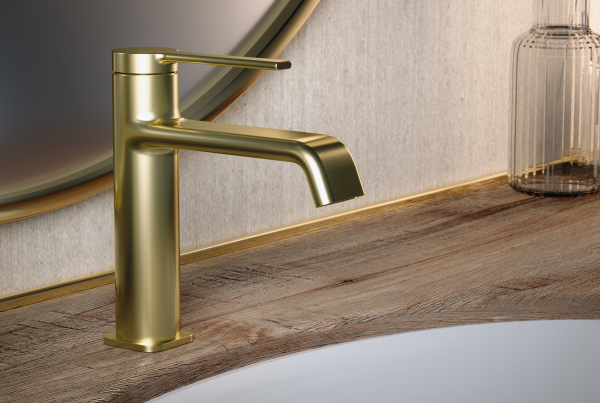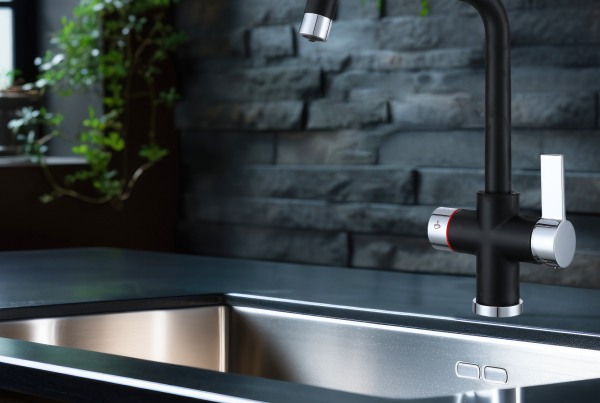As we say hello to autumn, homeowners are starting to think about how to keep their homes warm over the colder months. This year, more than ever, preparing for autumn and winter is crucial, with British households facing significant increases in energy bills as gas and electricity prices soar. But how do you prepare your home for the seasonal drop in temperatures and save money along the way?
Check your current heating systems
Before it gets too cold, it’s always worth giving your current heating system the once-over. Not least because, according to the Energy Saving Trust, in addition to insulation, heating systems should be the priority for anyone looking to make cost and carbon cuts.
First, check when your boiler last had a service, and, if it’s due (you should do this annually), book an appointment for a system check-up. Make sure a Gas Safety registered engineer does this service to keep your family safe.
In addition to your boiler, check the other parts of your heating system to get your home ready for the seasonal transition. This includes:
- Testing your radiators to see if they need bleeding and making sure that they are free of sludge. If your radiators have cold spots at the bottom, or if one or two of them take ages to heat up compared with the rest, your system could need cleaning.
- Checking that any chimneys are not blocked (now is an excellent time to get a professional chimney sweep in).
- Checking to see if your pipes are in good condition. This includes sealing up any gaps and making sure they are adequately insulated to prevent freezing and bursting should temps get cold.
Look at where simple adjustments can be made
According to the Energy Saving Trust, turning down your thermostat by just 1ºC can save you £60 – £80 on your annual heating bills. So, to save energy, reduce bills, and stay warm, it’s vital that your home has the proper heating and plumbing products – and that you know how to use them.
For example, monitoring the air temperature around them, Thermostatic Radiator Valves (TRVs) reduce water flow through a radiator when the temperature reaches the desired setting. However, not everyone knows how to use TRVs correctly.
Instead of turning TRVs up as high as they will go, gradually turn them up until your rooms are comfortably warm. Simply cranking them up to max will not make the rooms heat up any faster but it will result in a space that’s too hot and a bill that’s too large!
TRVs should also be used to introduce zone control measures, with rooms that are frequently used set to a higher temperature and unused rooms kept to a minimum heat (or even switched off).
Draft and damp-proof your house
To prepare your home for heating this autumn, you should think beyond your heating system. For example, to make sure you stay warm and save on energy costs, check your windows and doors for drafts and look at sealing up any cracks. Now is also an excellent time to check your roof and gutters to prevent leaks and breakages. Cold and wet can also cause untreated wood to rot, so make sure that you treat your windows/sills with the correct products to stop this if necessary.
It might seem like a lot to think about when the days are still warm and light, but planning in advance will give you plenty of time to get anything that needs sorting done before it gets too cold.









